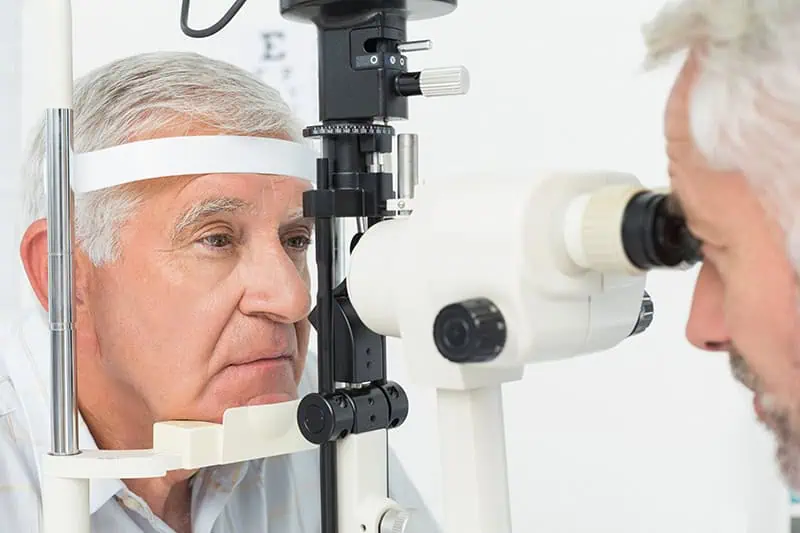
Issue 10/2024
Stoyanova, N., Racheva, K., Petkova, A.,Vassileva, P.
Specialized Eye Hospital “Acad. Pashev”, Sofia
Lyell‘s syndrome or toxic epidermal necrolysis is a rare, potentially life-threatening skin-mucosal manifestation, always provoked by drug administration and characterized by acute necrosis of the epidermis. The most commonly incriminated drugs are non-steroidal anti-inflammatory medications, chemotherapy drugs, antibiotics and anticonvulsants.
Epidermal necrolysis (EN) includes Stevens-Johnson syndrome (SJS, < 10% skin damage), Lyell syndrome (toxic epidermal necrolysis, TEN, with ≥30% skin damage), and overlap syndrome (10 to 29 % of skin base).
Patients initially develop a prodrome of nonspecific symptoms that may include malaise, fever, arthralgia, rhinitis, headache, and cough. They can last between 1 and 21 days. A skin eruption then appears as an ill-defined dark erythematous macular rash and bullae.
TEN is characterized by extensive full-thickness epidermal necrosis with subsequent epidermal desquamation.
The most commonly affected mucous membranes are the oropharynx, eyes and genitals.
The main treatment for TEN is supportive care until re-epithelialization of the affected skin and discontinuation of the drug causing the disorder.
The article presents a clinical case of the patient G.B. at the age of 65 , who developed Layell‘s syndrome after taking paracetamol during the development of a viral infection. Our clinical approach is presented.
Key words: Stevens-Johnson syndrome, Lyell syndrome, toxic epidermal necrolysis
Аddress for correspondation:
Stoyanova, N.
Specialized Eye Hospital for Active
Treatment „Acad. Pashev“
51, Em. Vaskidovich str
1517, Sofia
e-mail: nadezhda.stoyanovaaa@gmail.com
